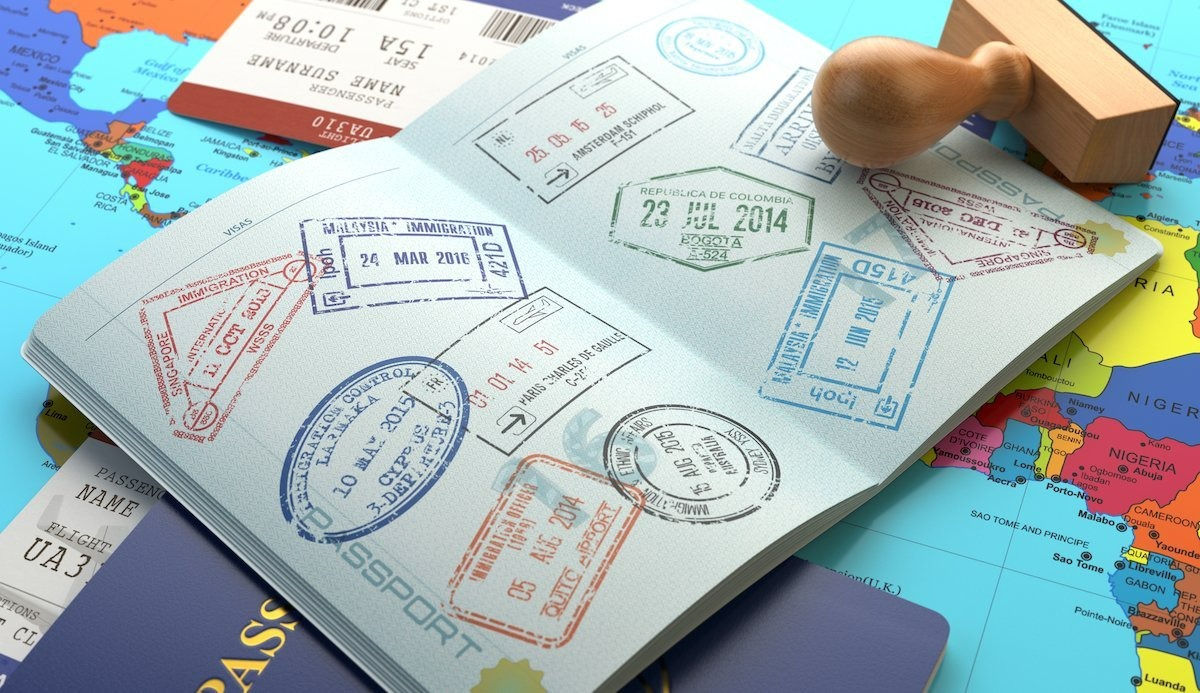The satisfying thud of a passport stamp, a tangible souvenir of travels abroad, will soon become a thing of the past for travelers to Europe. 29 countries across the European Union (EU) are transitioning to the Entry/Exit System (EES), a new biometric border system that eliminates the need for physical passport stamps.
Delayed for years, the EES will officially launch on 12/10 and be gradually implemented, with full operation expected by 10/4/2026.
The EES will automatically register non-EU citizens on short-stay trips when they cross borders. The EU expects the system to modernize border control, efficiently collecting traveler data such as entry and exit dates and locations, facial images, and fingerprints.
The 29 EU nations adopting the EES are: Austria, Belgium, Bulgaria, Croatia, Czech Republic, Denmark, Estonia, Finland, France, Germany, Greece, Hungary, Iceland, Italy, Latvia, Liechtenstein, Lithuania, Luxembourg, Malta, Netherlands, Norway, Poland, Portugal, Romania, Slovakia, Slovenia, Spain, Sweden, and Switzerland.
| Austria | Belgium | Bulgaria | Croatia |
| Czech Republic | Denmark | Estonia | Finland |
| France | Germany | Greece | Hungary |
| Iceland | Italy | Latvia | Liechtenstein |
| Lithuania | Luxembourg | Malta | Netherlands |
| Norway | Portugal | Romania | Slovakia |
| Slovenia | Spain | Sweden | Switzerland |
| Poland | |||
The EU is not alone in this shift toward digital borders. In January, the United Kingdom launched the Electronic Travel Authorisation (ETA), a required digital permit for visa-exempt nationals entering the UK. Travelers apply online before their trip, providing basic information like name, birth date, passport number, and travel details, for a fee of approximately 22 USD. This system allows the UK government to conduct security checks in advance, minimizing risks and improving efficiency at border crossings.
The US Transportation Security Administration (TSA) has also been expanding facial recognition technology at airports nationwide. Programs like Clear Plus, which uses fingerprint, eye, or facial scans to expedite security checks, are becoming increasingly common.
Many countries and destinations have already abandoned passport stamps. Australia stopped issuing them in 2012, as have destinations like Hong Kong, Singapore, and Argentina. The US has also begun phasing out the use of physical stamps, according to Harvard University.
 |
Illustration of a passport with entry and exit stamps. Photo: Tourist Israel |
Illustration of a passport with entry and exit stamps. Photo: Tourist Israel
While some travelers will mourn the loss of this physical memento, according to Travel + Leisure, travelers should not add souvenir stamps to their official passports. Only authorized officials may stamp, annotate, or make additions.
Border security expert Dalbir Ahlawat from Macquarie University, Australia, stated that replacing passport stamps enhances travel safety, as stamps can be forged or altered. He noted physical passports are vulnerable to manipulation, such as photo substitution, fake visa labels, or theft. However, global transition presents challenges, particularly in Africa, Asia, and Latin America due to national security and economic concerns.
Hoai Anh (According to Travel + Leisure, ABC)












